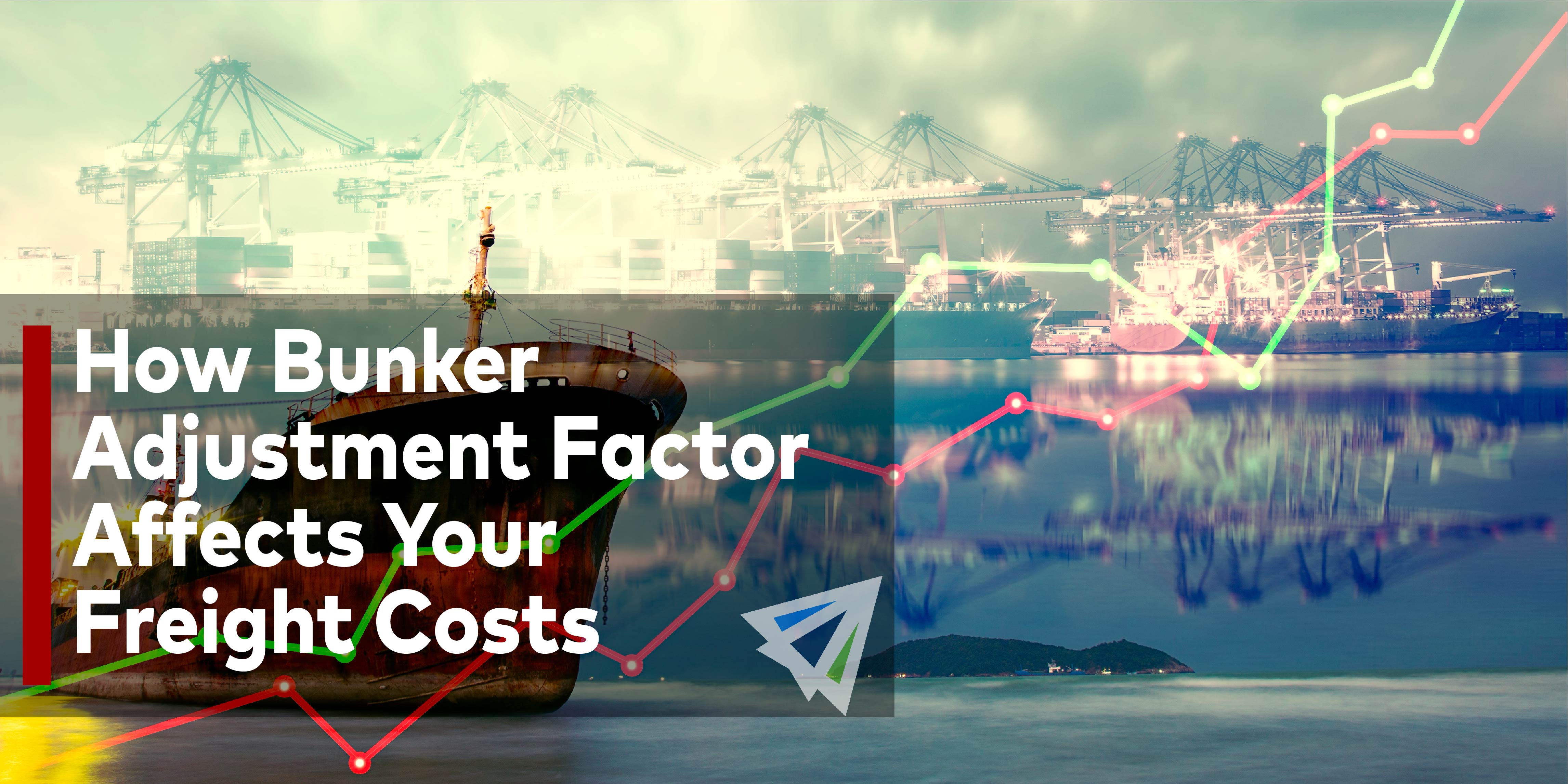There are enough charges in the international shipping industry to give anyone a headache. Not only are there tons of different charges – they’re all coming from different people. The government, Customs, your freight forwarder, your customer, carriers – you name it.
We understand, it’s difficult to keep it all straight. And alongside the difficulty of managing those costs is the fact that fluctuating costs routinely keep your expenses from being accurately forecasted (do something nice for your accounting person, will ya?)
What is a Bunker Adjustment (BAF) Factor?
One of the freight charges you’re sure to encounter during your career in international shipping are Bunker Adjustment Factors, otherwise known as “BAF” charges.
The BAF charge isn’t usually that big of a deal, but it can be confusing if you are encountering it on your freight invoice for the first time, so we want to quickly clear that up for you.
The Bunker Adjustment Factor in shipping is a type of surcharge that happens from time-to-time during ocean cargo moves. More specifically, the BAF is a surcharge put on shippers with cargo aboard a vessel to keep an ocean carrier’s oil expenses in check. Sound confusing? Here’s a breakdown:
How Bunker Adjustment Factors are Calculated
Ocean vessels use a lot of oil to operate, meaning most of their expenses are highly dependent on the market price of oil. Unfortunately, since that’s a volatile market controlled by many external factors, carriers are often put in a tough spot when oil prices go up. Taking on the cost entirely would have drastic implications on their bottom line, so these charges are passed onto shippers who are shipping cargo on the carrier’s ocean vessel. Thus, the Bunker Adjustment Factor is calculated based on each TEU aboard a vessel, and the surcharge for increased oil prices is charged to each shipper equally.
That may sound unfair, but if you’ve encountered a Bunker Adjustment Factor charge on your freight invoice, you’ve probably noticed it’s a relatively small number. While the oil price increase may be a significant lump sum dollar amount, it’s a rather insignificant amount when divided amongst 10,000-25,000 TEU’s aboard the vessel. This keeps ocean carriers capable of maintaining their margins without drastic charges on shippers using their vessels.
Who Issues the Bunker Adjustment Factor?
As you may have surmised – the Bunker Adjustment Factor is controlled and issued by the ocean carrier. They are the ones directly affected by oil price increases, so these surcharges are issued by the ocean carrier to mitigate their own expenses.
In other words – your freight forwarder is not the one charging you for BAF on your freight invoices, even if they are passing along the invoice line items! (Don’t shoot the messenger folks.)
Tips for Bunker Adjustment Factors
The easiest way to deal with these charges is by asking for all-inclusive port-to-port charges! These charges are calculated at the port-to-port leg, and working with your forwarder to establish all-inclusive charges may help to mitigate the effect of these costs.
Keep in mind that Bunker Adjustment Factors are non-negotiable pass-through charges. Since most ocean carriers rely on the same oil suppliers, these surcharges are near-universal. Said differently – you aren’t going to “avoid” BAF charges by working with one ocean carrier over another. It will just be something you’ll have to plan on every once in a while!
If you have questions about Bunker Adjustment Factors or other ocean-shipping-related charges, feel free to call and ask one of our team members! We’ve done tens-of-thousands of ocean shipments and know a thing or two about ocean-related freight charges. We’d be happy to answer your questions!
